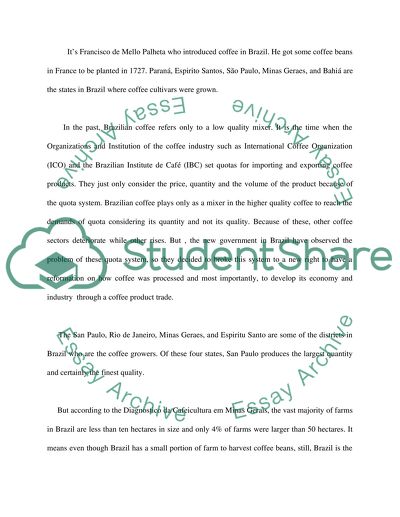Cite this document
(“Compare and Contrast the History of Coffee in Brazil, Colombia, and Essay”, n.d.)
Compare and Contrast the History of Coffee in Brazil, Colombia, and Essay. Retrieved from https://studentshare.org/miscellaneous/1522294-compare-and-contrast-the-history-of-coffee-in-brazil-colombia-and-costa-rica-in-the-nineteenth-and-twentieth-century
Compare and Contrast the History of Coffee in Brazil, Colombia, and Essay. Retrieved from https://studentshare.org/miscellaneous/1522294-compare-and-contrast-the-history-of-coffee-in-brazil-colombia-and-costa-rica-in-the-nineteenth-and-twentieth-century
(Compare and Contrast the History of Coffee in Brazil, Colombia, and Essay)
Compare and Contrast the History of Coffee in Brazil, Colombia, and Essay. https://studentshare.org/miscellaneous/1522294-compare-and-contrast-the-history-of-coffee-in-brazil-colombia-and-costa-rica-in-the-nineteenth-and-twentieth-century.
Compare and Contrast the History of Coffee in Brazil, Colombia, and Essay. https://studentshare.org/miscellaneous/1522294-compare-and-contrast-the-history-of-coffee-in-brazil-colombia-and-costa-rica-in-the-nineteenth-and-twentieth-century.
“Compare and Contrast the History of Coffee in Brazil, Colombia, and Essay”, n.d. https://studentshare.org/miscellaneous/1522294-compare-and-contrast-the-history-of-coffee-in-brazil-colombia-and-costa-rica-in-the-nineteenth-and-twentieth-century.


